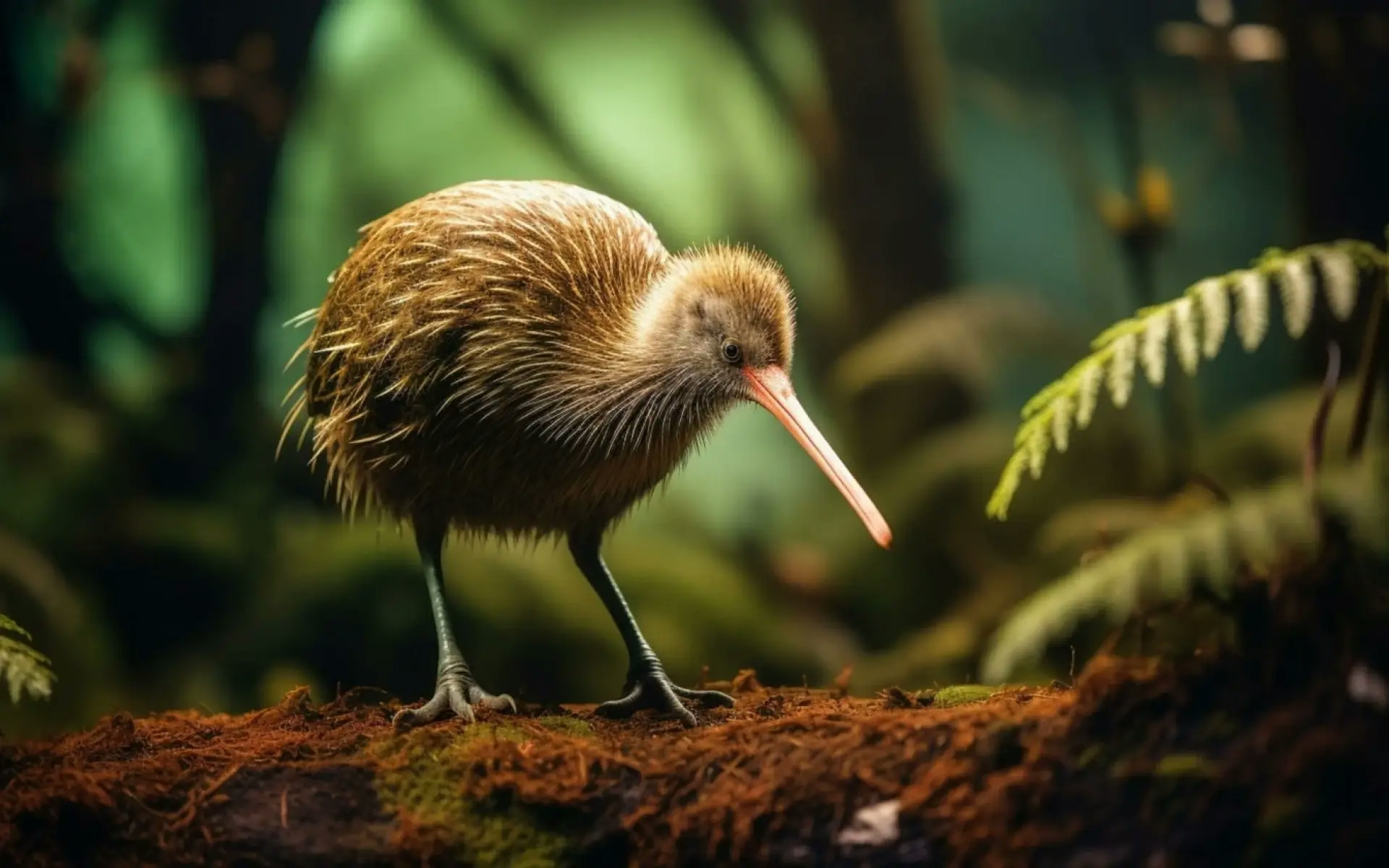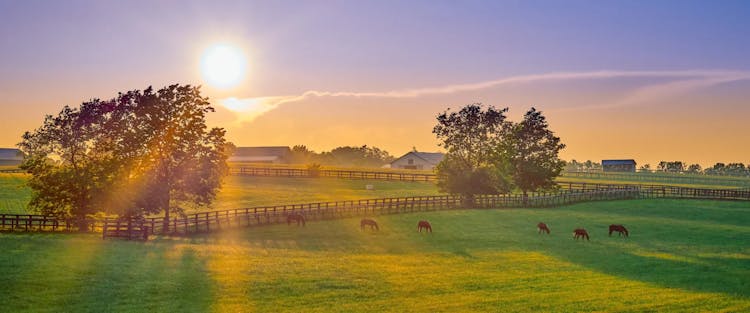
Seeing Endangered Kiwi Chicks at a New Zealand Hatchery
As I observed a kiwi chick through the laboratory’s window, I was reminded of the power of preservation. These fluffy yet frankly funny-looking birds are the national icon of New Zealand but are in danger of dying out as a species. And they stole my heart in a matter of seconds.
I was on a tour at the National Kiwi Hatchery in Rotorua, New Zealand. Our guide started off by telling us about the hatchery’s mission to strengthen the kiwi population.
A flightless bird, kiwis are only found in New Zealand. At one point, the population was nearly 12 million, but a number of factors, including predators like stoats, ferrets, and weasels, which were introduced to New Zealand as early as 1879, have since devastated the kiwi population. Now there are only an estimated 68,000 kiwi, and that population may decline by 2% each year if unmanaged.

Only 5% of all kiwi birds hatched in the wilderness survive to become adults. Without continued support like the National Kiwi Hatchery provides, experts estimate the brown kiwi species will be extinct in the wild within two generations.
Since its start in 2008, the National Kiwi Hatchery has hatched over 2,400 eggs in its facility and continues to receive eggs from 15 sanctuaries and reserves around the country’s North Island. The program uses incubators, brooder boxes, and outdoor enclosures to help kiwi birds grow before releasing them back into the wild.
At the National Kiwi Hatchery, we were able to see this incubation equipment and hold a replica of a kiwi egg while our guide fielded our questions. Next, we got to observe the baby kiwi through lab windows. We could not touch them or take pictures and remained quiet to avoid startling the chicks, which were so small that they fit in the palms of the staff members. With their round bodies balancing on two stick-thin legs, tiny heads, and famously lengthy beaks equipped with powerful, predator-sensing nostrils, the chicks were cute and almost cartoonish.

Each bird had its own makeshift nest in a metal container called a brooder box, which mimics the nocturnal conditions to which wild kiwi are accustomed. The hatchery mostly cares for kiwi chicks, which may take three to five years to mature. We only saw one or two chicks during our time, but the staff were taking care of many more. They measured the birds’ weight and recorded it on a whiteboard, listing their names in order to ensure the birds were developing properly.
You can only see the endangered kiwi in New Zealand, and the nation has implemented efforts to protect both this and other native species. There are plans for the country to be predator-free by 2050 by eliminating invasive species like stoats. After our plane touched down in Auckland, we had to declare items that could carry pests or diseases that could damage the country’s environment and economy. Failing to declare such items could result in a $400 NZD fine (about $248 USD).
This focus on biosecurity was further exemplified at the kiwi hatchery, where baby kiwis are nurtured until adulthood and then released back into the wild. As we looked through the plexiglass and admired the baby bird, our tour guide told us that this particular bird was saved after Cyclone Gabrielle, which had caused heavy flooding, landslides, and human and animal casualties just two weeks before my visit. To me, this bird represented the hope that comes with discovering new life from ruin.
Another part of the tour featured the Nocturnal House, which houses adults, juveniles, or chicks. To enter, we walked through doors adorned with signs telling us to not take photos or make noise to not disturb the birds. Once inside, there were enclosures on either side of the walkway and a dark red light coloring the dim room so that we could see the birds and that they felt as if it was nighttime. We patiently searched for adult kiwis through the plexiglass. Once we saw one scurry across the makeshift forest floor, we’d try our best to not lose sight of it as it ran and waddled around.
Near the end of our tour, I stood in a human-sized replica of a kiwi egg and tried to remember all I’d learned. As we left the hatchery and started our drive to the Coromandel Peninsula, I looked out at the New Zealand countryside zooming past and cherished the memory of the kiwi hatchery, its staff, and the display of proactive dedication. With the hatchery’s help, I hope the population of New Zealand’s iconic bird can replenish and thrive.
Getting there
The nearest international airport to Rotorua is Auckland International Airport (AKL). From there, you can fly to Rotorua Regional Airport (ROT) in about 45 minutes or drive for about three hours. Rental cars are readily available, and a road trip through New Zealand is incredibly scenic.
Average Going flight price: $862 RT
How to do it
- Best time to go: The hatchery is open year-round for tours, but Hatching Season is from September to March. Outside of these months, you may not see eggs or chicks while on site. However, you can still observe adult kiwi in the Nocturnal House.
- Cost: The National Kiwi Hatchery Experience costs $59 NZD (about $34 USD) per adult. Children 5 to 15 years old can tour for $30 NZD each. The hatchery also offers family passes for $130 NZD each. This covers admission for two adults and one child or two adults and two children from 5 to 15 years old. They also offer the Behind the Scenes Exclusive with kiwi keepers. Tickets are $299 NZD per adult and $199 NZD per child 12 to 15 years old.
- Safety considerations: The tour itself is safe and well-guided and visitors do not come in direct content with the birds.
- Tips: Reserve before going, especially if you have a larger group. We stumbled upon this place right before their last tour of the day, and it was sold out. However, the tour guide made an exception for us because we were only two people and were leaving Rotorua that day, so we were lucky.
More amazing experiences around the world:
Published January 30, 2024
Last updated January 30, 2024
Articles you might like
View AllTreat your travel to cheap flights
Most deals are 40-90% off normal prices with great itineraries from the best airlines. If it's not an amazing deal, we won't send it. Sign up for free to start getting flight alerts.




